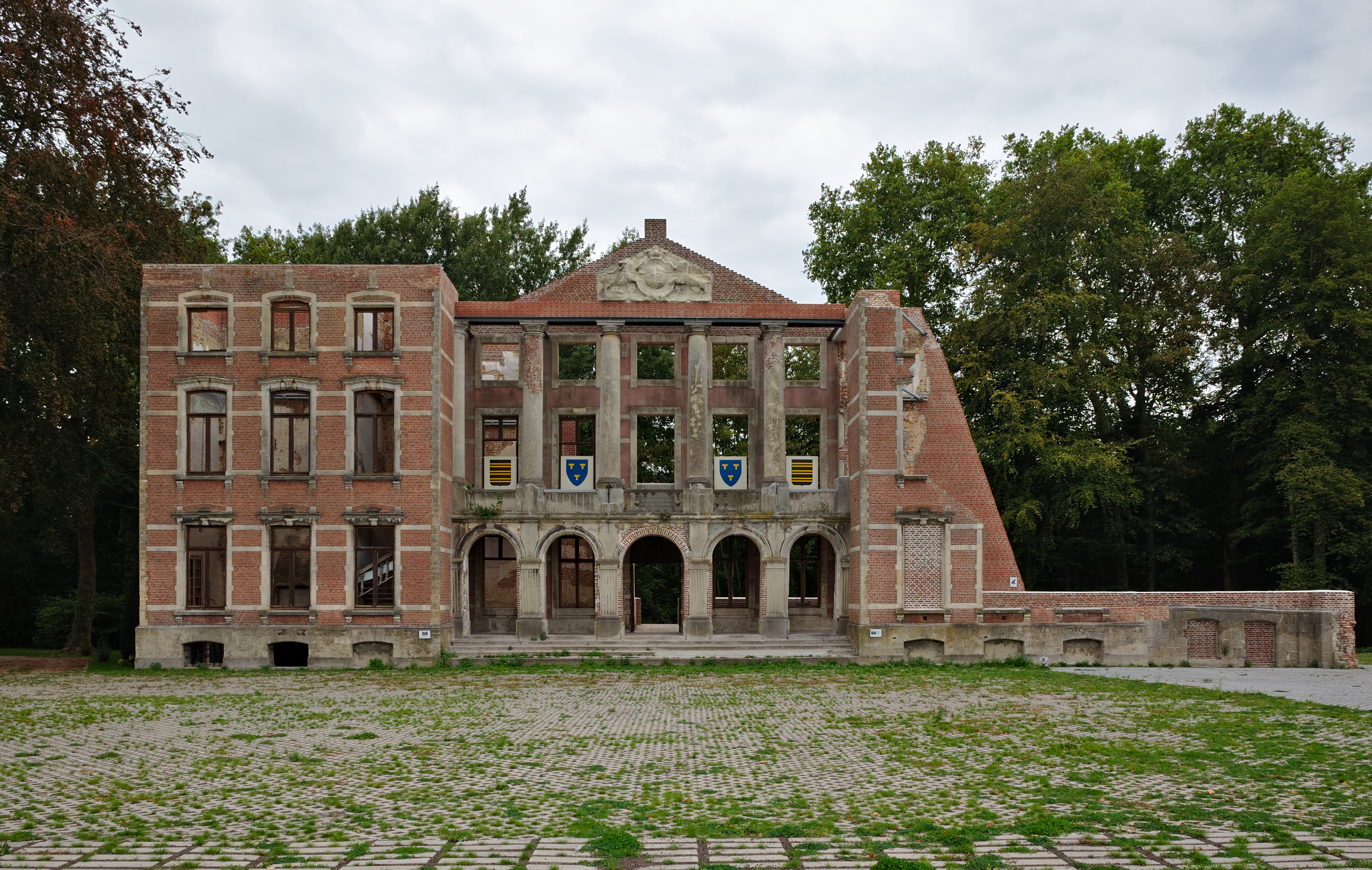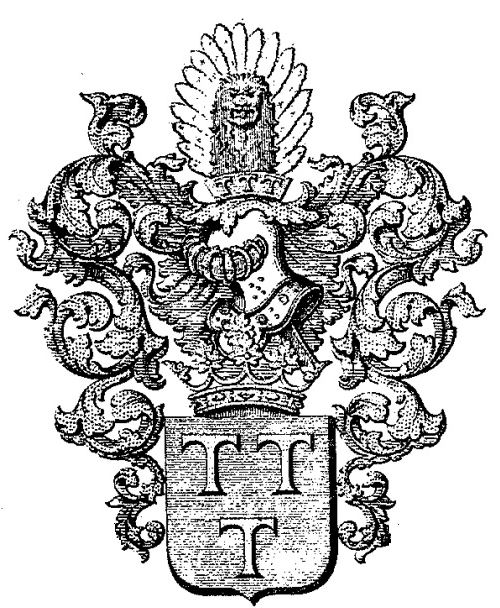Smetlede on:
[Wikipedia]
[Google]
[Amazon]
Lede () is a

(ID: 20771)

 *House of Bette (Marquess of Lede)
** Guillaum de Bette, 1st Marquess of Lede
**
*House of Bette (Marquess of Lede)
** Guillaum de Bette, 1st Marquess of Lede
**
The website of Lede
{{Authority control Municipalities of East Flanders Populated places in East Flanders
municipality
A municipality is usually a single administrative division having corporate status and powers of self-government or jurisdiction as granted by national and regional laws to which it is subordinate.
The term ''municipality'' may also mean the go ...
in the Belgian
Belgian may refer to:
* Something of, or related to, Belgium
* Belgians, people from Belgium or of Belgian descent
* Languages of Belgium, languages spoken in Belgium, such as Dutch, French, and German
*Ancient Belgian language, an extinct languag ...
province of East Flanders
, native_name_lang =
, settlement_type = Province of Belgium
, image_flag = Flag of Oost-Vlaanderen.svg
, flag_size =
, image_shield = Wapen van O ...
, in the Denderstreek
The Denderstreek or Denderland is a region in Belgium. It is named after the river Dender. Though the river stretches over three provinces, Hainaut, East Flanders and Flemish Brabant, the region called after the river is situated in East Flander ...
near the cities of Ghent
Ghent ( nl, Gent ; french: Gand ; traditional English: Gaunt) is a city and a municipality in the Flemish Region of Belgium. It is the capital and largest city of the East Flanders province, and the third largest in the country, exceeded in ...
, Aalst and Dendermonde
Dendermonde (; french: Termonde, ) is a city in the Flemish province of East Flanders in Belgium. The municipality comprises the city of Dendermonde and the towns of Appels, Baasrode, Grembergen, Mespelare, Oudegem, Schoonaarde, and Sint-Gillis-b ...
.
In 2011, Lede had a population of 17,882 and area of 29.69 km², a population density
Population density (in agriculture: standing stock or plant density) is a measurement of population per unit land area. It is mostly applied to humans, but sometimes to other living organisms too. It is a key geographical term.Matt RosenberPopul ...
of 575 inhabitants per km². The current mayor of Lede is Geertrui Van de Velde (CD&V
Christian Democratic and Flemish (, , CD&V) is a Flemish Christian-democratic political party in Belgium. The party has historical ties to both trade unionism ( ACV) and trade associations (UNIZO) and the Farmer's League. Until 2001, the party wa ...
).
Geography
The municipality comprises the sub-municipalities of Impe, Lede proper, Oordegem, Smetlede, Wanzele, and the hamlet ofPapegem
Papegem is a village in the municipality of Lede located in the Belgian province of East Flanders in the Denderstreek. It has an area of 0.58 km². The Wellebeek (a brook) which flows there belongs to the basin of the Molenbeek which origina ...
. All the sub-municipalities and also the hamlet are crossed by the Molenbeek
( French, ) or (Dutch, ), often simply called Molenbeek, is one of the 19 municipalities of the Brussels-Capital Region, Belgium. Located in the western part of the region, it is bordered by the City of Brussels, from which it is separated ...
.

Sandstone
TheLede Formation The Lede Formation ( nl, Formatie van Lede; abbreviation: Ld) is a geologic formation in the subsurface of Belgium. The formation is named after the town of Lede in East Flanders. It consists of shallow-marine limestone and sandstone, deposited in ...
( nl, Formatie van Lede; abbreviation: Ld) is a geologic formation
A geological formation, or simply formation, is a body of rock having a consistent set of physical characteristics ( lithology) that distinguishes it from adjacent bodies of rock, and which occupies a particular position in the layers of rock exp ...
in the subsurface of Belgium
Belgium, ; french: Belgique ; german: Belgien officially the Kingdom of Belgium, is a country in Northwestern Europe. The country is bordered by the Netherlands to the north, Germany to the east, Luxembourg to the southeast, France to th ...
. The formation is named after Lede. It consists of shallow-marine limestone
Limestone ( calcium carbonate ) is a type of carbonate sedimentary rock which is the main source of the material lime. It is composed mostly of the minerals calcite and aragonite, which are different crystal forms of . Limestone forms whe ...
and sandstone
Sandstone is a clastic sedimentary rock composed mainly of sand-sized (0.0625 to 2 mm) silicate grains. Sandstones comprise about 20–25% of all sedimentary rocks.
Most sandstone is composed of quartz or feldspar (both silicates) ...
, deposited in the former sea that covered Belgium during the Eocene
The Eocene ( ) Epoch is a geological epoch (geology), epoch that lasted from about 56 to 33.9 million years ago (mya). It is the second epoch of the Paleogene Period (geology), Period in the modern Cenozoic Era (geology), Era. The name ''Eocene' ...
. The bluestone (for roads) and in particular the yellow-brown calcareous sandstone extracted from quarries in Lede and neighbouring areas, were widely used during the 15th to 18th century as construction material for religious and civil buildings.De Inventaris van het Bouwkundig Erfgoed, Lede(ID: 20771)
Sights
Lede is known for a statue ofthe Virgin Mary
Mary; arc, ܡܪܝܡ, translit=Mariam; ar, مريم, translit=Maryam; grc, Μαρία, translit=María; la, Maria; cop, Ⲙⲁⲣⲓⲁ, translit=Maria was a first-century Jewish woman of Nazareth, the wife of Joseph and the mother of ...
, called "''Onze-Lieve-Vrouw-van-Zeven-Smarten''" (Our Lady of the Seven Sorrows
Our Lady of Sorrows ( la, Beata Maria Virgo Perdolens), Our Lady of Dolours, the Sorrowful Mother or Mother of Sorrows ( la, Mater Dolorosa, link=no), and Our Lady of Piety, Our Lady of the Seven Sorrows or Our Lady of the Seven Dolours are names ...
), to which a local legend attributes magical powers. The statue attracts many pilgrims. The statue is taken around in a procession during a Sunday in June, after the biannual nine-day festival. The local church, built in 1496, houses the statue.
The abandoned Mesen Castle
Mesen Castle was an important noble residence in Lede, Belgium, today partly ruined and completely abandoned. The castle is considered to have been one of the most important aristocratic estates of the 18th century.
History
Originally the vast e ...
is situated in central Lede. It used to be the residence of the Marquess of Lede
The Marquess of Lede ( es, Marquesado de Lede) was a Flemish title in use during the Ancien Régime. Lede is a city in Flanders, Belgium.
History
Jacques, son of Adrian Bette, Lord of Angrelles inherited the Heerlijkheid of Lede, of his father ...
. Its demolition was started in April 2010.

Notable people
 *House of Bette (Marquess of Lede)
** Guillaum de Bette, 1st Marquess of Lede
**
*House of Bette (Marquess of Lede)
** Guillaum de Bette, 1st Marquess of Lede
** Jean François de Bette, 3rd Marquess of Lede
Jean François de Bette, 3rd Marquess of Lede (6 December 1672 – Madrid, 11 January 1725) was a Belgian military commander in Spanish service. He was also lord of the Fiefdom of Lede in Flanders.
Biography
Born in Brussels, son of Ambroise d ...
** Françoise de Bette
Françoise Bette (1593–1666) was, from 1637 to 1666, the 26th abbess of Forest Abbey.
She was born in Lede, in the county of Flanders, the daughter of Adrian Bette, knight, and Agnes de Merode de Rummen. Her cousin, Guillaume de Bette, 1st Marqu ...
* Julius de GeyterThe Twentieth Century Home Encyclopedia and Gazetteer: Who Is Who? Embraces Over Six Thousand Short Biographies, Volume 2
References
External links
The website of Lede
{{Authority control Municipalities of East Flanders Populated places in East Flanders